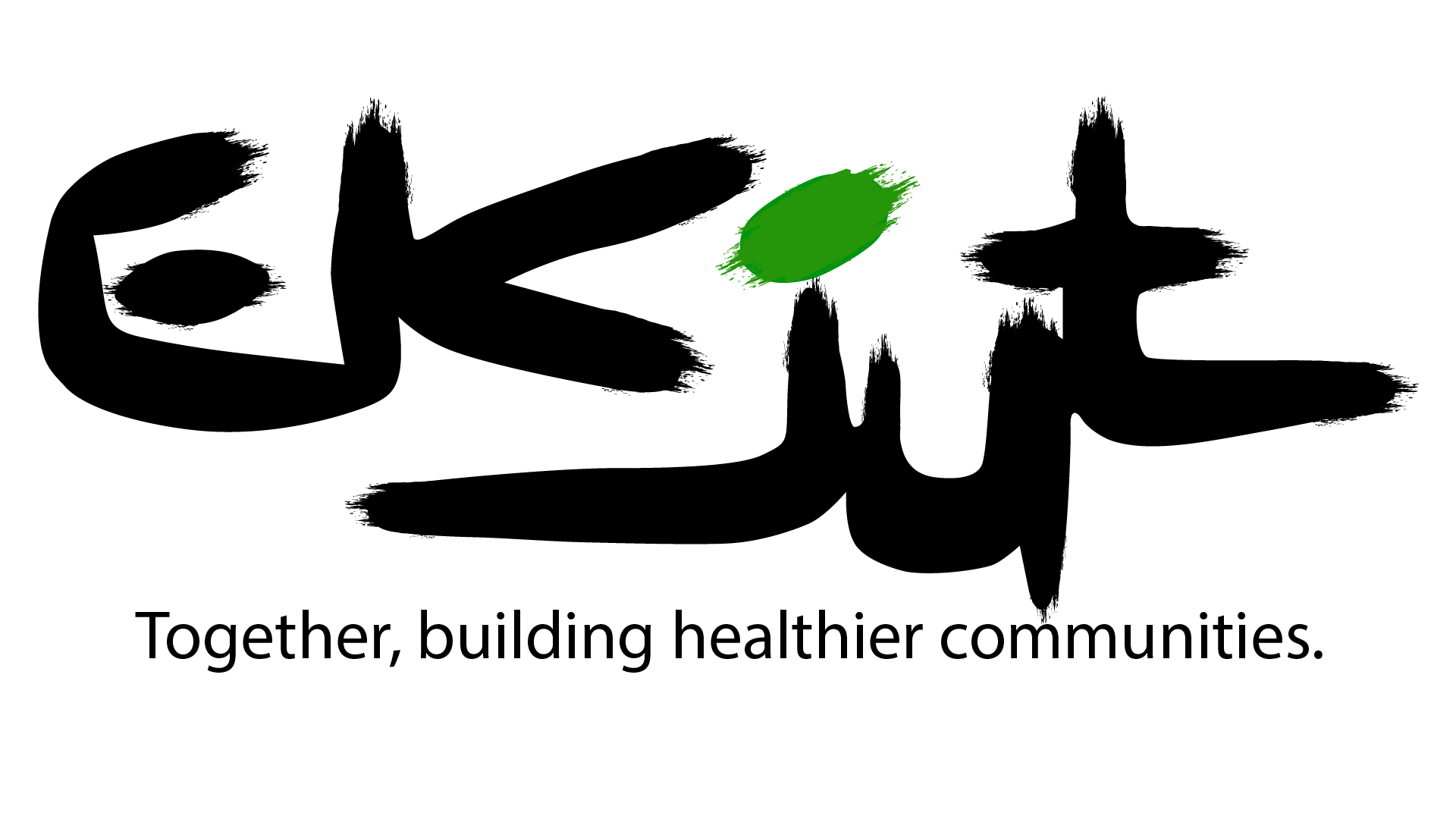Pathways to Universal Health Coverage through Primary Health Care (PHC4UHC): A Study in Two Indian States
Introduction
Access to health is a fundamental right of every citizen of a country. However, various factors often impede the provision of these essential services. SDG 3.8 envisions the goal of universal health coverage (UHC) by 2030, which, as defined by WHO, is “access for all people to a full range of quality services when they need it, where they need it, without financial hardships.” (WHO 2022)
The 1978 Alma-Ata Declaration identified primary health care (PHC) as the key strategy for achieving the ‘Health for All’ agenda, the predecessor to the concept of UHC. Globally, renewed efforts are being made to achieve UHC, and India is also committed to this goal by implementing national-level programs and strengthening public primary health care centres. This focus on PHC as a critical component on the path to UHC presents an opportunity for research to explore how PHC reform strategies can influence UHC outcomes. PHC serves as the first entry point to health care and is situated in closest proximity to the majority of the population.
The most recent definition of PHC is “a whole-of-society approach to health that aims at ensuring the highest possible level of health and well-being and their equitable distribution by focusing on people’s needs as early as possible along the continuum from health promotion and disease prevention to treatment, rehabilitation, and palliative care, and as close as feasible to people’s everyday environment” (WHO UNICEF 2018).
The Indian Institute of Management Bangalore in consortium with Ekjut, The George Institute for Global Health, the Institute of Public Health and the Alliance for Health Policy and System Research is conducting a pioneering study in two states of India to explore the pathways for achieving universal health coverage through primary health care.
Objectives:
The study’s overarching aim is to identify, examine, and critically analyze different pathways through which PHC approaches contribute to progress in UHC, along with identifying enablers and barriers, and the role of context.
Study Settings:
Due to differing geographic and economic contexts, the states of Jharkhand and Karnataka are chosen as they offer insights into varying levels of UHC and types of PHC reforms. Three districts from each state are selected based on their varying UHC index. In Jharkhand, the districts of Saraikela-Kharsawan, Sahibganj, and West Singhbhum are selected for the study.
Methodology:
The study will employ a realist review and qualitative research methodology. There are three main components: evidence synthesis, PHC landscaping, and co-developing program theories.






